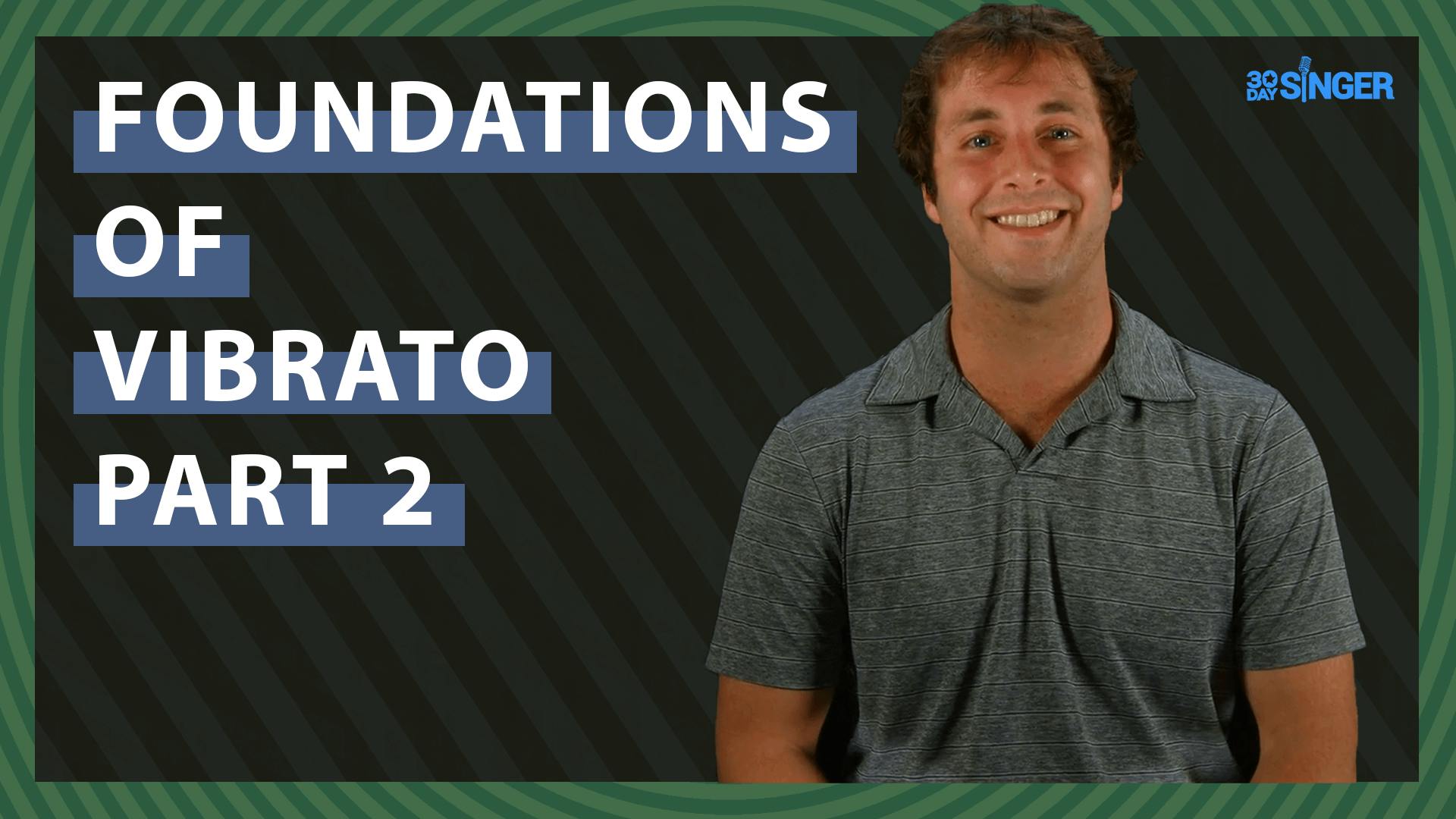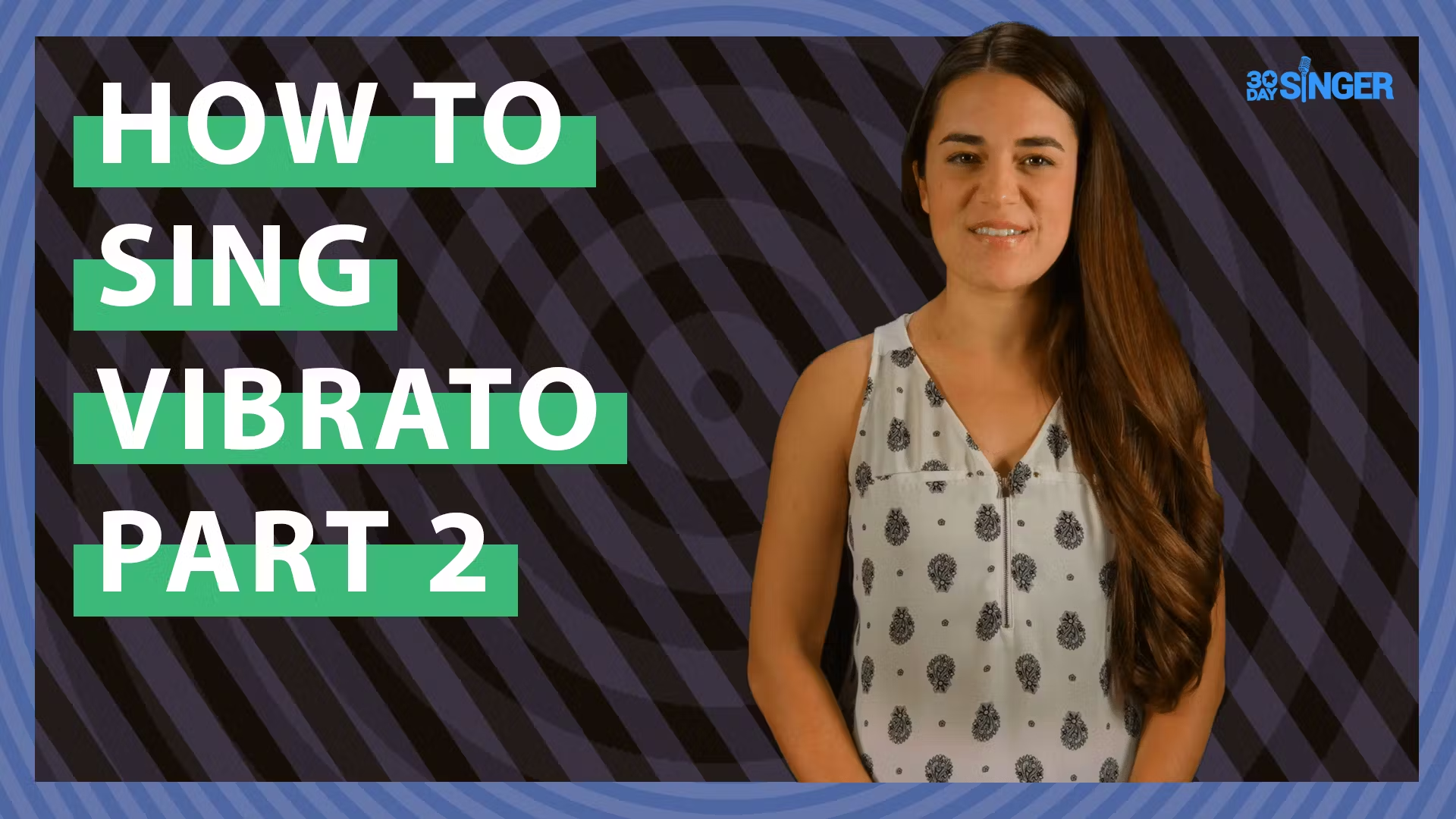Vocal Technique
Welcome to the Vocal Technique section of 30 Day Singer. These lessons focus on developing key singing techniques like vibrato, belting, singing higher or lower, breath control and much more. We offer guidance on how to learn these techniques and perfect them so you can perform with confidence. Some of these techniques are introduced in our beginner courses so if you need more time and focus on a particular area, these lessons come in very handy. You can bounce between these lessons freely or use a set combination of these lessons as part of your daily practice routine to monitor progress.
TUTORIALS
How To Sing In Tune For Beginners Part 1
By Camille van NiekerkOne of the most common problems beginner singers face, is learning to sing on pitch. While you may worry it is because you are simply not a good singer, this could not be farther from the truth. It is likely because you have not had proper instruction on this skill. Anyone can learn to sing in tune! Camille is ready to help train your ears, match pitch, and help you start singing some easy songs. Get ready and tune in!
Singing Hacks To Make You Sound Like a Pro
By Camille van NiekerkPerfecting our skills can take time and determination. But is there a cheat code to help you along the way? Camille shares her singing hacks to help you sound like the pro's!
Foundations of Vibrato Part 2
By Abram PoliakoffAre you ready to take your vibrato training to the next level? If so, check out How to Sing with Vibrato: Part 2! We’ll cover common vibrato issues and vibrato usage in different musical genres. See you there!
Foundations of Vibrato
By Abram PoliakoffListen for the difference between these two phrases: [Sing phrase straight tone, then vibrato] What did you hear? The first time, I sang with straight tone [demonstrate], and the second time, I added vibrato [demonstrate]. Vibrato is the natural oscillation that occurs in healthy singing. It adds life and helps us convey emotion when we sing. Although some styles use more vibrato than others, it’s present in virtually every genre. If you’d like to learn more and work on developing natural vibrato, check out this tutorial!
All About Tone
By Abram PoliakoffWhat would you say if I asked you to describe the difference between Freddie Mercury’s voice and Elvis Presley’s? What about the difference between Ariana Grande’s voice and Adele’s? Each of these singers has a unique sound; and answering that question will get us talking about tone or timbre. While we all have a general sound that comes naturally to us, we can develop and explore different tone qualities within our voice. Keep watching for a tutorial on tone.
Range Extension
By Abram PoliakoffDo you want to increase your range? Do you find yourself straining for high notes or scooping for low notes? This tutorial is all about range extension. I'll give you principles and exercises to help you gradually increase your range in a healthy way. Let's get started!
How to Sing Vibrato Part 2
By Camille van NiekerkAre you ready to take your vibrato training to the next level? If so, check out How to Sing with Vibrato: Part 2! We’ll cover common vibrato issues and vibrato usage in different musical genres. See you there!
Pitch & Intonation
By Jonathan EstabrooksPitch and intonation are essential to great vocal technique. Jonathan will show you how to effectively improve your pitch and intonation..
Breath Control Like A Pro
By Camille van NiekerkEver wonder how professional singers are able to hold a note forever? Watch this tutorial on pro breath control, and learn how to build up your stamina so you can master those long notes and phrases.
Frequently Asked Questions
Some great vocal warmups for singers start with gentle humming or lip trills to relax and engage your vocal cords without straining them. Then, work through some scales to gradually increase your pitch range and get your voice fully warmed up.
For a quick 5 minutes vocal warm up, try some lip trills or gentle humming for a couple of minutes. It’s effective and quickly preps your vocal cords for singing or speaking without overdoing it.
When your voice is sick, keep singing warmups light and gentle—like humming or low, quiet scales. Also, drink lots of warm fluids and rest your voice as much as possible.
Start with some light humming, followed by a few pitch glides (from low to high sounds) to get your voice comfortable. Finish with a few tongue and lip trills to help with articulation.
Two good vocal warm ups are humming and lip trills. These are super effective and easy vocal warm-ups that gently activate your vocal cords without causing strain. Both are great for starting any vocal exercise.
Breathing exercises and resonance drills, like humming and vocal slides, improve the quality and projection of your speaking voice. They help develop control and clarity, making your voice sound more confident.
Hydrate regularly, practice breathing exercises, and do daily warm-ups. Consistency with these habits will help your voice sound smoother and stronger over time.
To strengthen a weak speaking voice, practice deep breathing and speak from your diaphragm to add power. Also, try projection exercises like speaking in front of a mirror to boost confidence and clarity.
Focus on articulation exercises, like tongue twisters, and practice controlling your breath to avoid running out mid-sentence. Over time, these will improve clarity and help you speak with ease.
The four vocal function exercises are sustained phonation (holding a sound steadily), pitch glides (sliding between notes), lip trills, and staccato sounds on different pitches. They work together to strengthen and balance your vocal cords.











